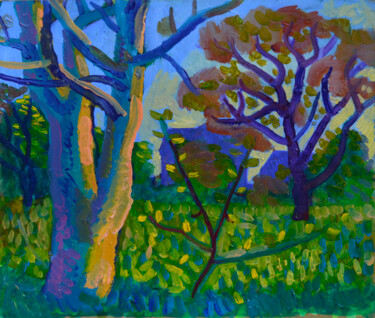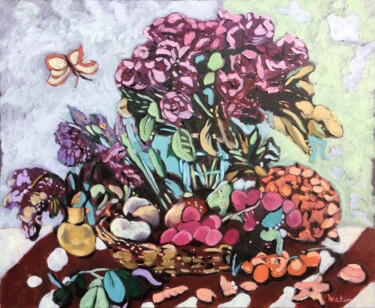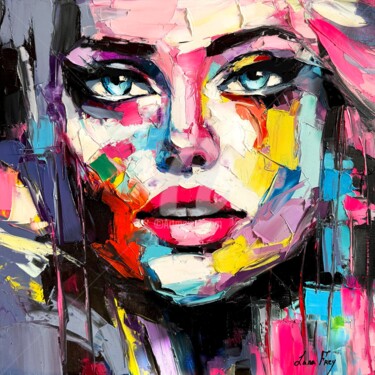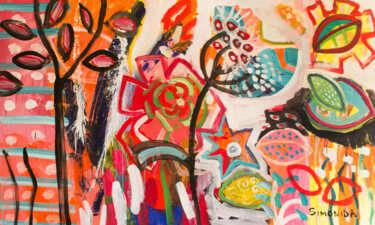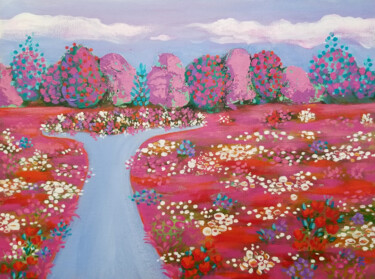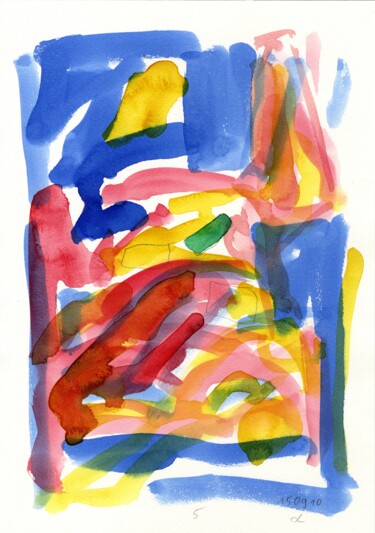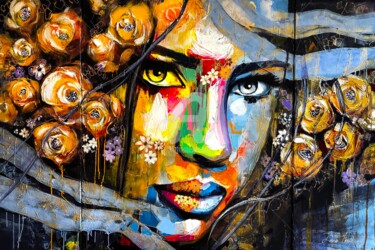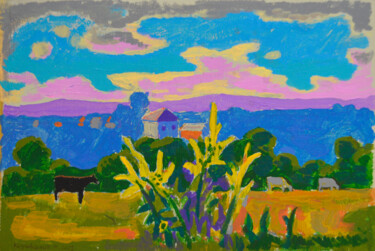6,735 原创艺术品,限量版和版画:
Discover original contemporary Fauvism artworks on ArtMajeur
Original contemporary Fauvism artworks are known for their vibrant colors, bold brushstrokes, and abstract shapes. These artworks are created using a variety of supports and materials, including canvas, paper, and board, as well as acrylic and oil paints. What makes Fauvism unique is its emphasis on intense color and emotion, rather than traditional techniques of perspective and modeling. Fauvist artists sought to capture the essence of a subject rather than its literal representation, and thus their works are known for their expressive and often spontaneous qualities. This movement emerged in the early 20th century and continues to inspire contemporary artists today.

©1998 Françoise Watin
Origins and History
Fauvism emerged in France in the early 20th century as a response to the Impressionist movement. Artists like Henri Matisse and André Derain, who were part of the Fauvist movement, sought to explore color as a means of expressing emotion, rather than simply depicting the natural world.
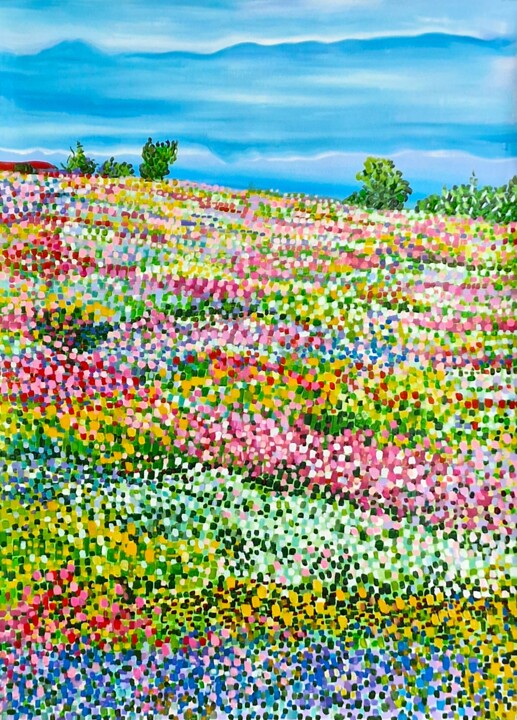
©2025 Alexandra Djokic
Evolutions of theses works in the contemporary art market
In recent years, original contemporary Fauvism artworks have been evolving in exciting new ways. With their bold, vibrant colors, expressive brushstrokes, and emphasis on emotion over realism, these works continue to captivate audiences and push the boundaries of what is possible in contemporary art. Some of the most notable developments in this field have included a renewed focus on the use of texture and mixed media, as well as a growing interest in exploring the intersection between Fauvism and other artistic movements. As a result, these works have become increasingly sought after in the contemporary art market, with collectors and enthusiasts alike clamoring to add them to their collections. Whether you are a seasoned art aficionado or simply someone who appreciates the beauty and power of great art, the original contemporary Fauvism artworks of today are sure to leave a lasting impression.

©2025 Chloé Kaemmerer
Related Famous Artists
Contemporary Fauvism artists are those who have embraced the bold and vivid colors that characterized Fauvism, a movement that emerged in the early 20th century. These artists have taken the original style of Fauvism and added their own unique twist, creating original and striking works of art.
One such artist is Jane Davies, whose work is characterized by its bright and bold colors, as well as its use of texture and pattern. She uses a variety of mediums, including paint, paper, and fabric, to create her vibrant and energetic pieces.
Another artist who has embraced the Fauvist style is Sarah Ashley Longshore, whose artwork is characterized by its bold colors and playful imagery. Her paintings often feature pop culture icons, and she is known for her use of glitter and other embellishments to add texture and depth to her work.
Finally, there is the artist Amy Sillman, whose work is characterized by its energetic brushstrokes and bold use of color. Her paintings often feature abstract forms and shapes, and she is known for her ability to capture the essence of a moment or feeling through her art.
Overall, these contemporary Fauvism artists have taken the original tenets of the Fauvist movement and added their own unique twists, creating original and striking works of art that are sure to captivate and inspire.
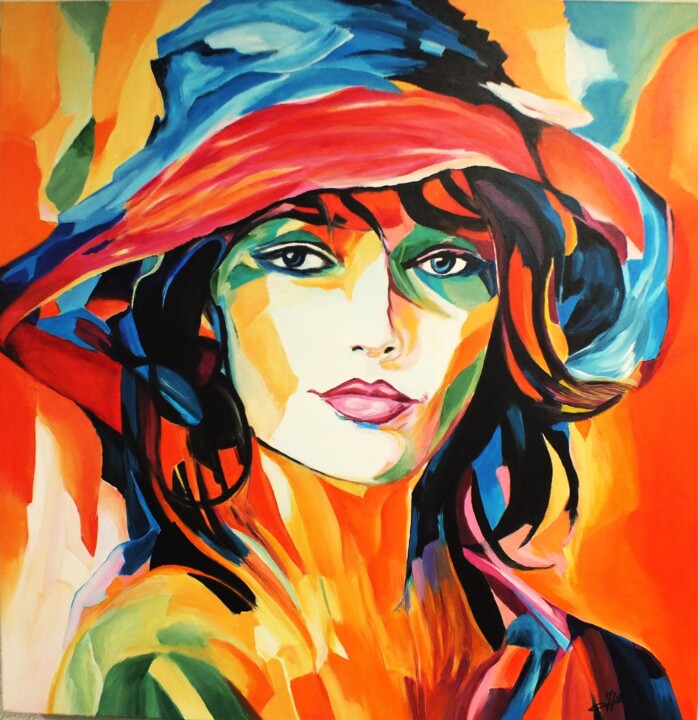
©2025 Henk Soet
Notable original contemporary Fauvism artworks
Fauvism was a revolutionary art movement that emerged in the early 20th century. The artists associated with this movement used bold, vibrant colors and expressive brushstrokes to create works that were emotionally charged and visually stunning. Here are some well-known examples of original contemporary Fauvism artworks:
"Woman with a Hat" by Henri Matisse (1905) This painting depicts Matisse’s wife, Amélie, wearing a bright green hat and a vibrant red dress. The colors are applied in thick, bold strokes, and the overall effect is one of energy and movement.
"Landscape at Collioure" by André Derain (1905) This landscape painting captures the sunny, seaside town of Collioure in the south of France. The colors are bright and bold, with intense shades of blue, green, and yellow creating a sense of joy and vitality.
"The Red Studio" by Henri Matisse (1911) In this painting, Matisse depicts his own studio, which is filled with bold, vibrant colors and abstract shapes. The overall effect is one of energy and movement, as if the space is alive and pulsing with creative energy.
"The Joy of Life" by Henri Matisse (1905-1906) This large-scale painting depicts a group of nude figures in a lush, green landscape. The colors are bright and bold, with intense shades of pink, green, and blue creating a sense of joy and vitality.
"The Dance" by Henri Matisse (1909-1910) This painting depicts a group of figures dancing in a circle, with bold, flowing lines and intense colors creating a sense of movement and energy. The overall effect is one of celebration and joy.

Göknil Gümüş Sungurtekin
油在帆布上 | 23.6x15.8 in
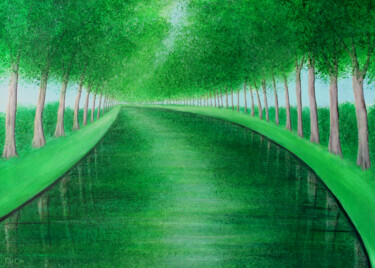
Kirstin Mccoy
油在帆布上 | 19.7x27.6 in

Mykola Kozlovskyi
丙烯在纸上 | 8.3x11.7 in

Milana Expressions
丙烯在帆布上 | 31.5x23.6 in

Detlef Lemme (Farbenkugel)
水彩在纸上 | 13.4x9.5 in
